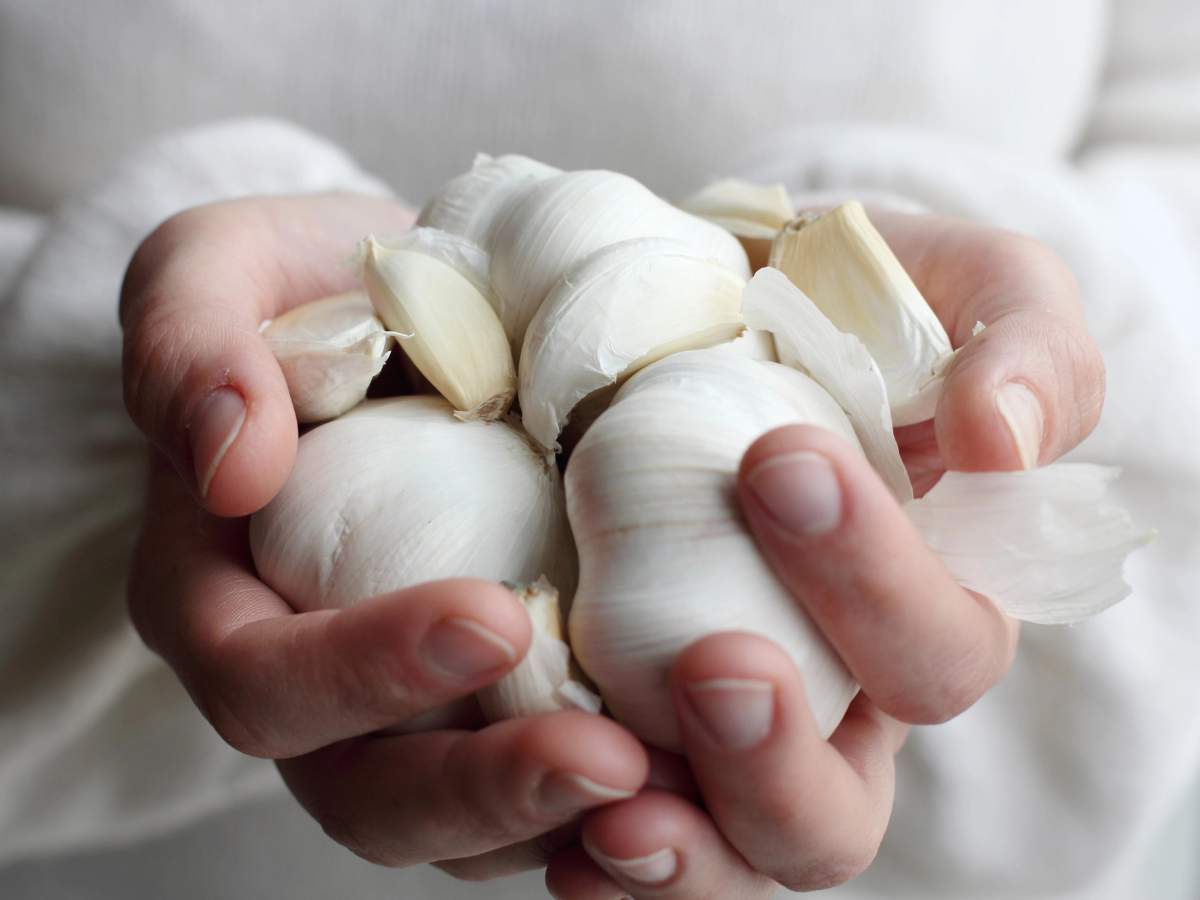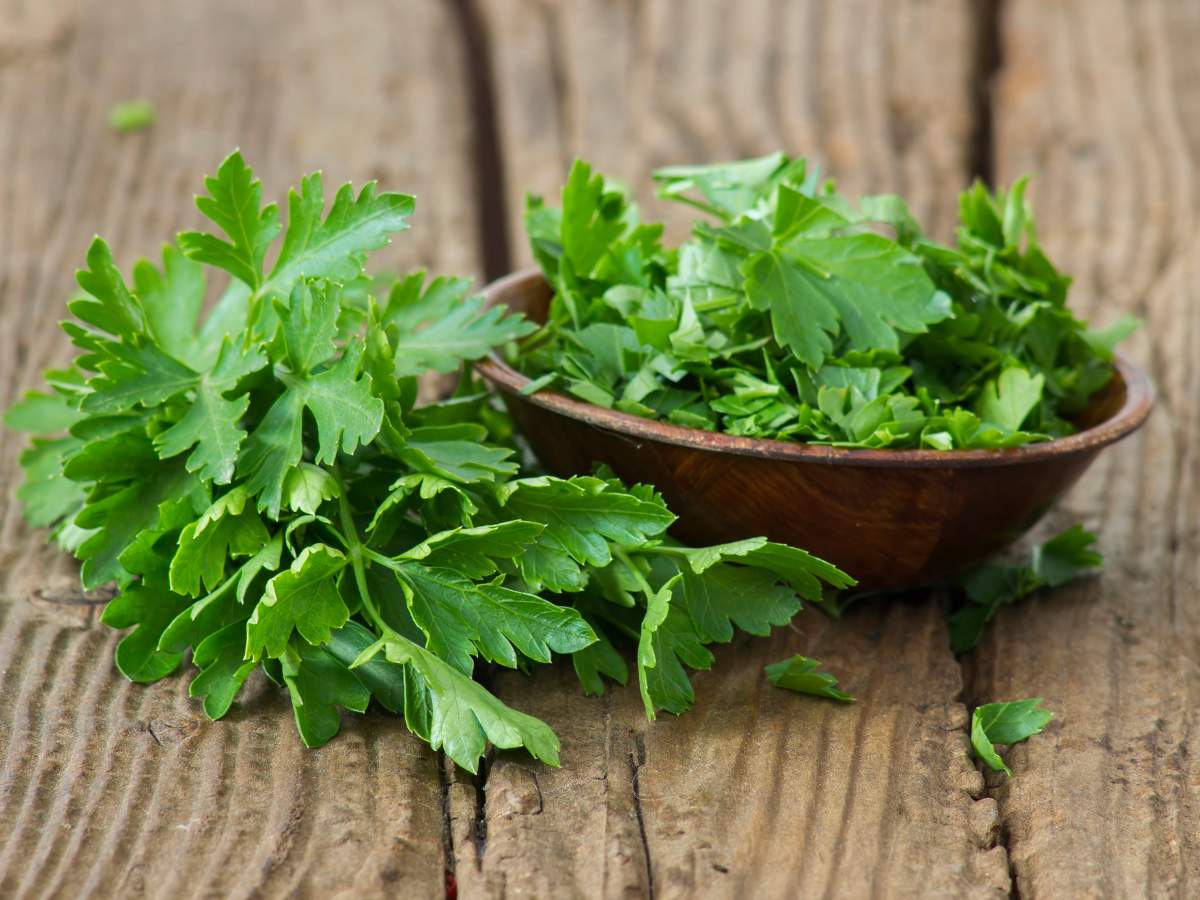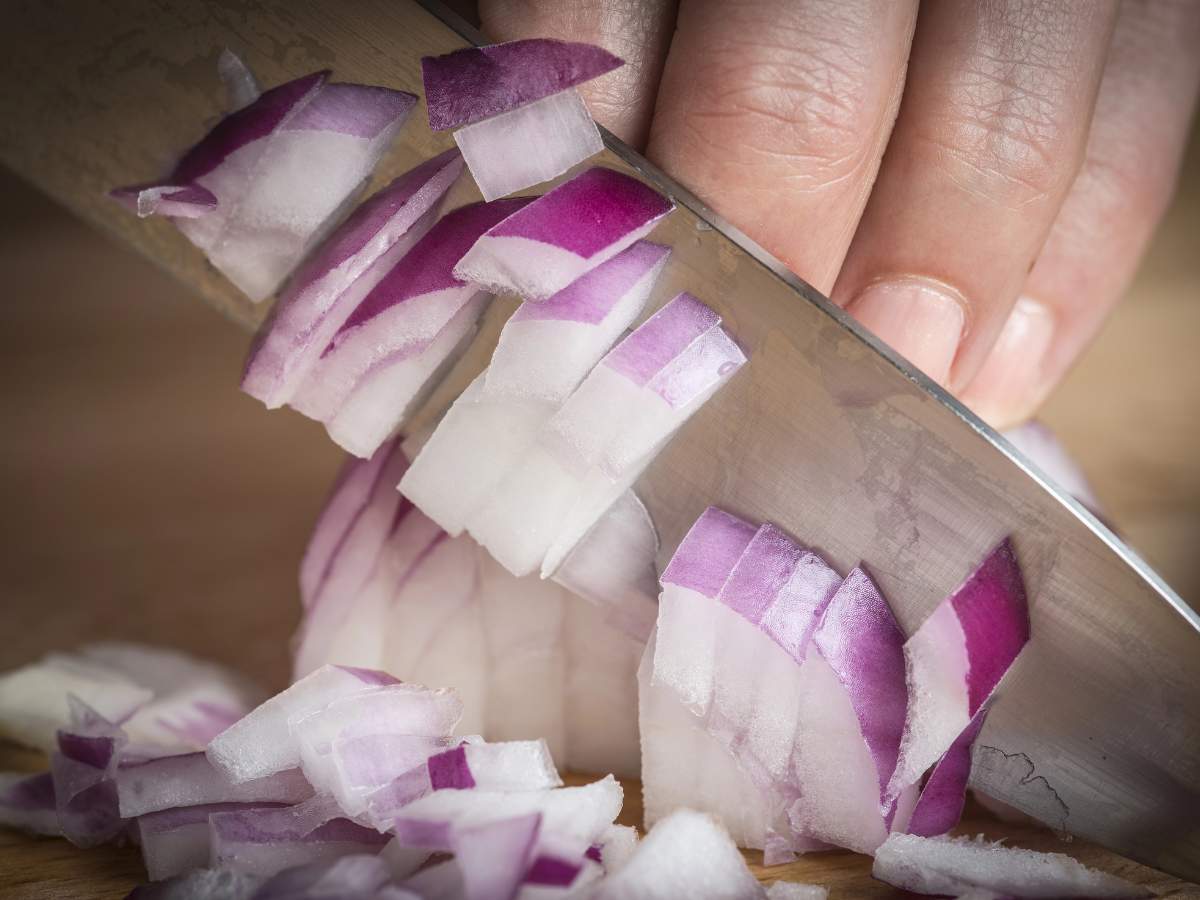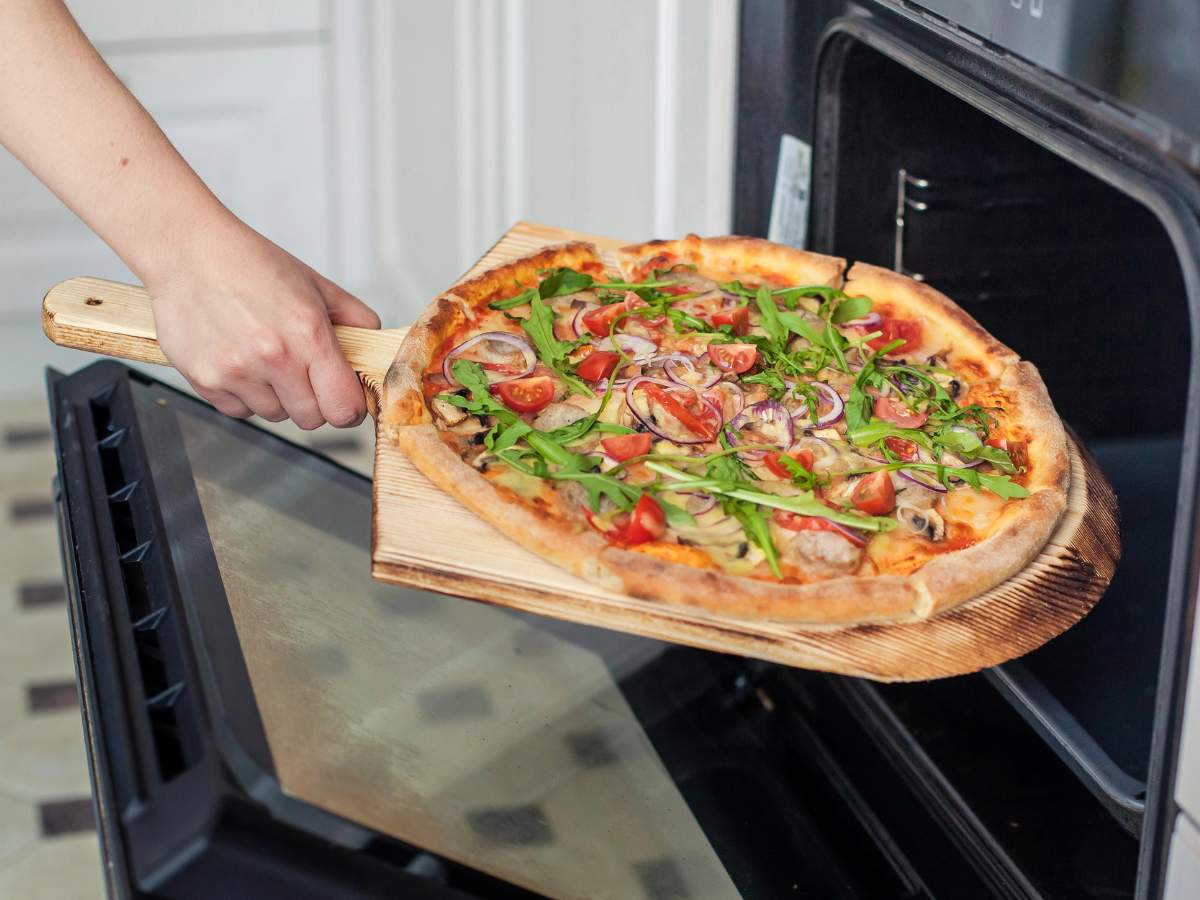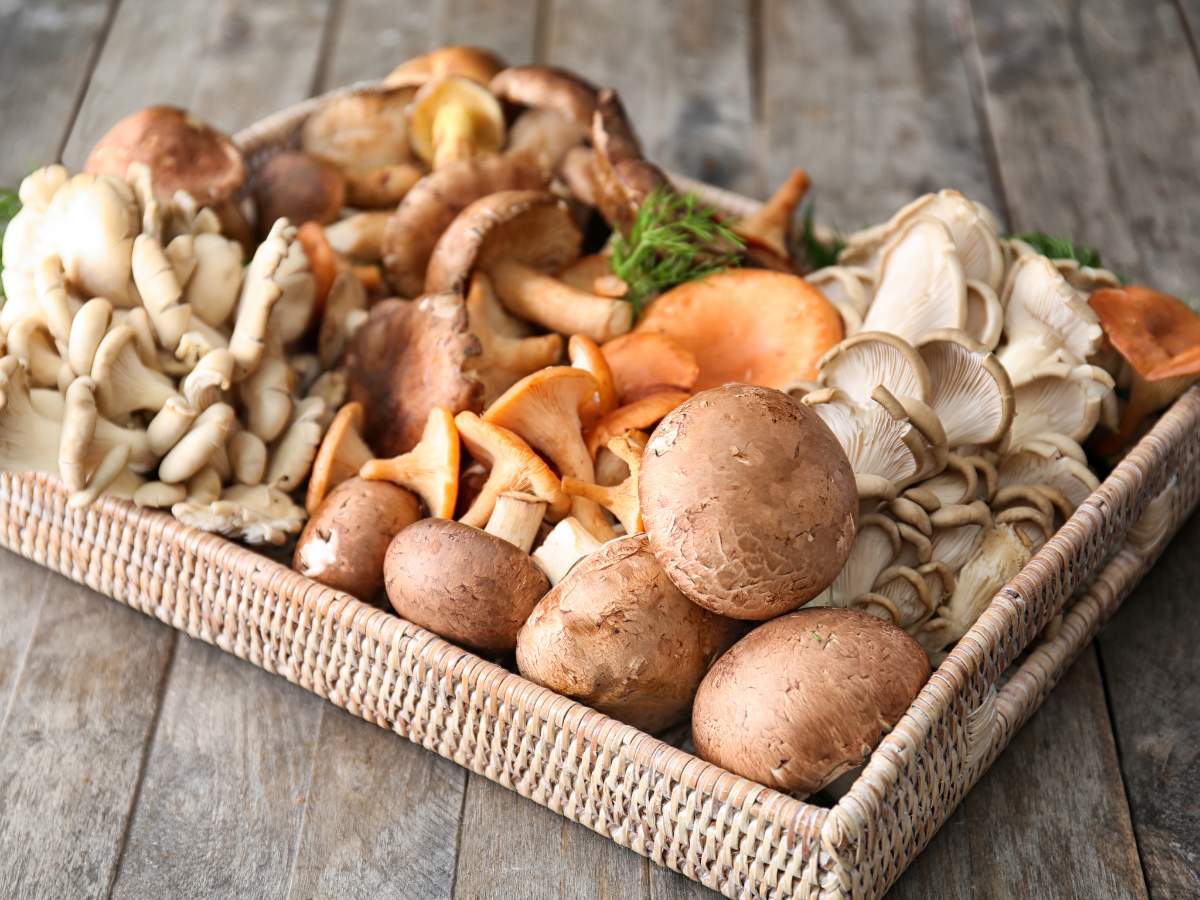How to Cook Spaghetti Perfectly: Mushy Mess to Al Dente Delight
As a participant in the Amazon Services LLC Associates Program and other affiliate programs, Quick Prep Recipes may collect a share of sales or other compensation from the links on this page. This comes at no additional cost to you, and all the prices and availability are accurate at the time of publishing.
When it comes to cooking pasta, spaghetti is a beloved classic that has been served for dinner around the world for generations. The beauty of spaghetti lies in its simplicity, but knowing how long to cook spaghetti to achieve that perfect al dente texture can be a challenge. Don’t be daunted, however. Learn insights and techniques to help you achieve pasta perfection.
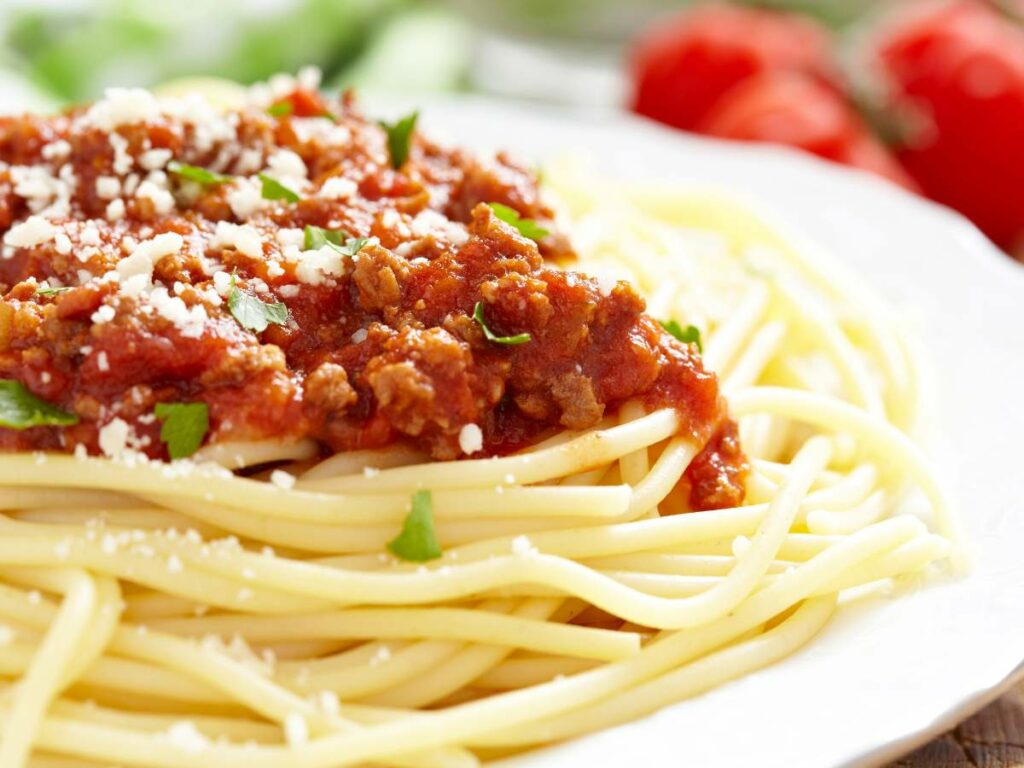
Why You Want to Cook Pasta Al Dente
Spaghetti, like all pasta, should be cooked to perfection, and that perfection is known as al dente. Al dente, an Italian term that means to the tooth in Italian, refers to pasta that is cooked just until it offers a slight resistance when bitten into.
Al dente spaghetti has a delightful chewiness that adds to the overall dining experience. When you cook spaghetti too long, it becomes mushy and has an unpleasant mouthfeel.
In addition, al dente pasta retains more of its wheaty flavor, enhancing the taste of your sauce. Al dente pasta also has a lower glycemic index, making it a healthier choice.
Why You Need to Salt the Water
Before you even think about adding pasta to a pot of boiling water, don’t forget the salt. Salt adds flavor to the pasta itself, not just the cooking water. It actually seasons the pasta from the inside out, making it taste better.
Salt also strengthens the protein in the pasta, helping it maintain its shape and integrity. In addition, salty water has a higher boiling point, which means your pasta will cook more evenly and quickly.
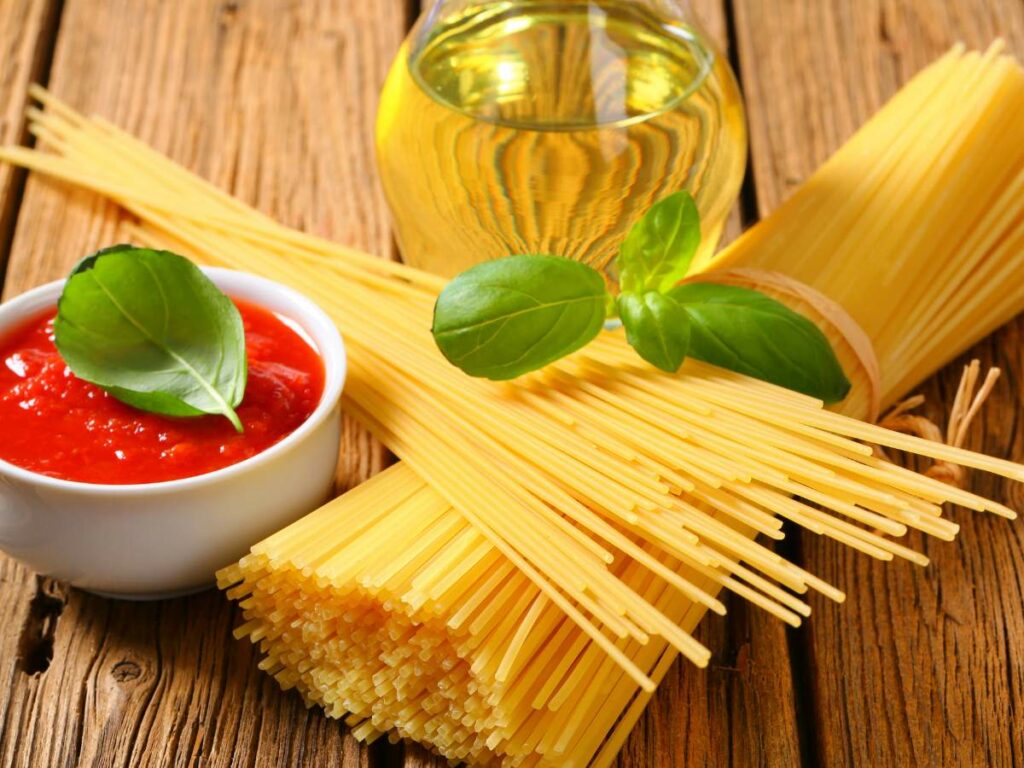
How to Cook Dried Pasta
Cooking dried spaghetti is the most common method, and it’s relatively straightforward. Bring your salted water to a roiling boil, then gently add the dried spaghetti to the boiling water, stirring immediately to prevent sticking.
Be sure to choose a pot large enough that the pasta can move around within it. You also want to use between 4 and 6 quarts of water per pound of pasta.
Turn the heat down just enough that it doesn’t boil over while the pasta cooks. Stir your pasta occasionally to ensure even cooking.
Begin testing the pasta a minute or two before the package’s recommended cooking time because the package recommendation is only a recommendation, not a hard and fast rule. Remember, you want it to be al dente.
Once al dente, drain the pasta, reserving some pasta water and serve immediately with your favorite sauce. The pasta water helps both to improve your sauce and when you reheat leftovers.
How to Cook Fresh Pasta
Fresh pasta, with its delicate texture, cooks even faster than dried pasta. Frozen pasta cooks similarly to fresh pasta, as it is typically fresh pasta that has been frozen. The frozen pasta generally takes 3 to 4 minutes longer to cook than fresh pasta.
To cook fresh pasta, bring a pot of well-salted water to a boil, just like with dried pasta. Gently add the fresh pasta to the boiling water, being sure not to break it.
Fresh pasta typically cooks in 1 to 3 minutes, so keep a close eye on it. Like dried pasta, drain and serve it immediately once it reaches al dente.
Why You Shouldn’t Add Oil to Spaghetti
Contrary to popular belief, adding oil to pasta cooking water is unnecessary and can even hinder your pasta experience. The starch on the pasta’s surface helps the sauce adhere better, and oil can prevent this from happening.
The general rationale for adding oil is that it helps prevent pasta from sticking. However, the oil actually does not keep pasta from sticking; proper stirring does that.
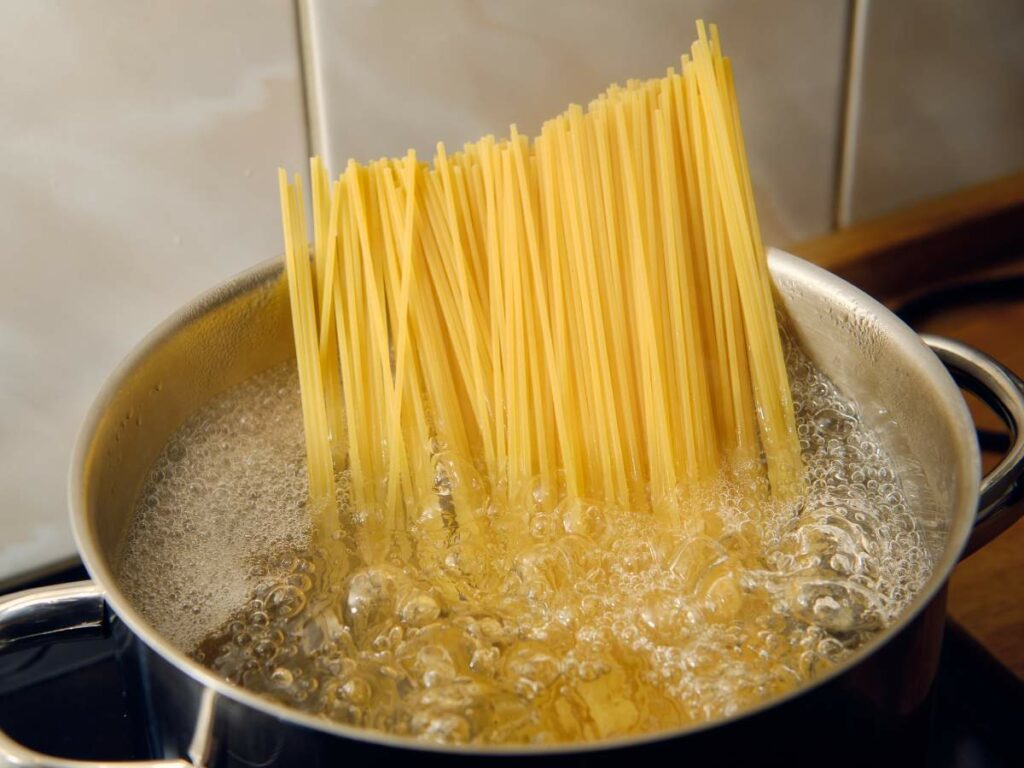
Why You Should Save Your Pasta Water
Pasta water is liquid gold in Italian cooking. The starchy pasta water can be used to thin and enhance your pasta sauce whether you make cacio e pepe, homemade carbonara or something else entirely.
This secret for how to cook spaghetti helps create a silky, emulsified sauce by binding the oil and water-based ingredients when you make your own sauce. It also helps improve the texture when you reheat your pasta with sauce.
If your sauce is too thick, use the pasta water to achieve the desired consistency. It also helps stretch sauce when you’re short on what you need to serve everyone.
The Difference Between Spaghetti, Spaghettini and Angel Hair
While all three belong to the spaghetti family, spaghetti, spaghettini and angel hair have subtle differences. Since they’re often confused in the store, make sure you know which one you want to purchase and when.
“The thinner the spaghetti, the quicker it cooks. But we should not mistake speed for quality; each cut offers a unique mouthfeel and role in a dish. Thinner cuts like angel hair cook more quickly due to their smaller size, which can be advantageous if you’re in a hurry.”
— Louisa Moje, Food Plus Words
Spaghetti is the most common type, typically about 1.5 millimeters in diameter. Spaghettini is slightly thinner than spaghetti, around 1.1 to 1.2 millimeters. Angel hair, also known as capellini, is the thinnest of all, measuring about 0.8 millimeters.
While there are no strict rules, you generally want to choose your pasta based on the sauce you plan to prepare. Don’t let the type of pasta you have on hand prevent you from enjoying your dinner, however.
Spaghetti’s thickness makes it an ideal match for heartier, chunky sauces like bolognese, meatballs or mushroom ragù. Its sturdy nature can hold up to these rich, substantial toppings. It also pairs well with creamy sauces, such as Alfredo or carbonara. Lastly, it’s a great choice for oil-based sauces with ingredients like garlic, chili flakes and fresh herbs.
Spaghettini’s thinner strands are perfect for lighter tomato-based sauces or pesto, where you want the pasta to complement rather than overpower the sauce. Spaghettini also works well with seafood pasta dishes like shrimp scampi or clam sauce, creating a balanced dish. Try pairing spaghettini with sauces featuring fresh herbs, too.
Angel hair, being the thinnest of the three, is best suited for very delicate sauces like simple garlic and olive oil, lemon butter or a light lemon zest sauce. Angel hair is excellent for quick, sautéed pasta dishes with ingredients like cherry tomatoes, basil and fresh mozzarella.
Final Thoughts
The real secret behind the art of how long to cook spaghetti is all about embracing simplicity and precision. Whether you prefer traditional spaghetti or its thinner cousins, understanding the nuances of salt, water and timing can make all the difference.
Now that you know how, grab your favorite pasta sauce and start cooking. Your perfect plate of al dente spaghetti awaits. Serve it with classic garlic bread, tomato bruschetta, or your favorite chicken dish for a well-rounded meal!
This article first appeared on Food Drink Life.
Article photos are used with permission from Depositphotos.com.


